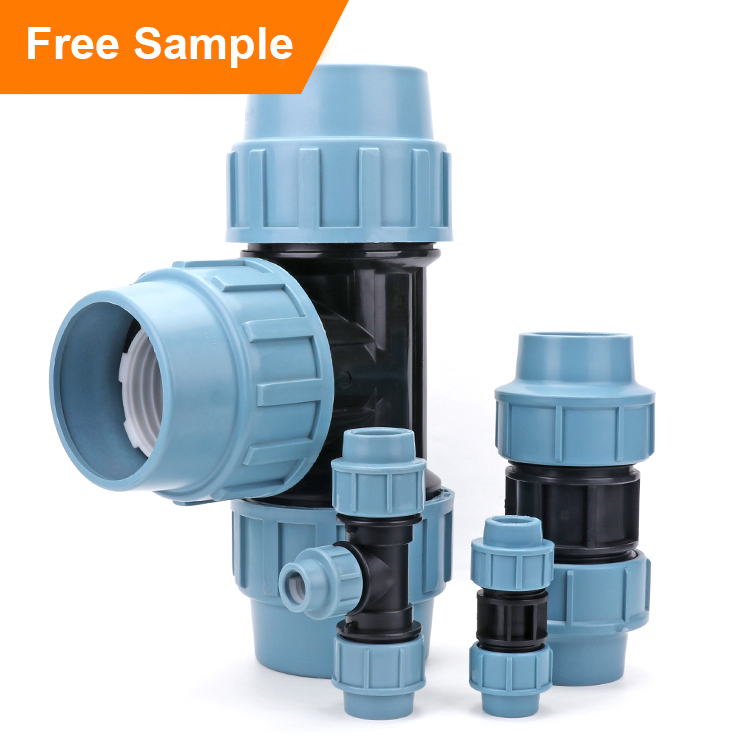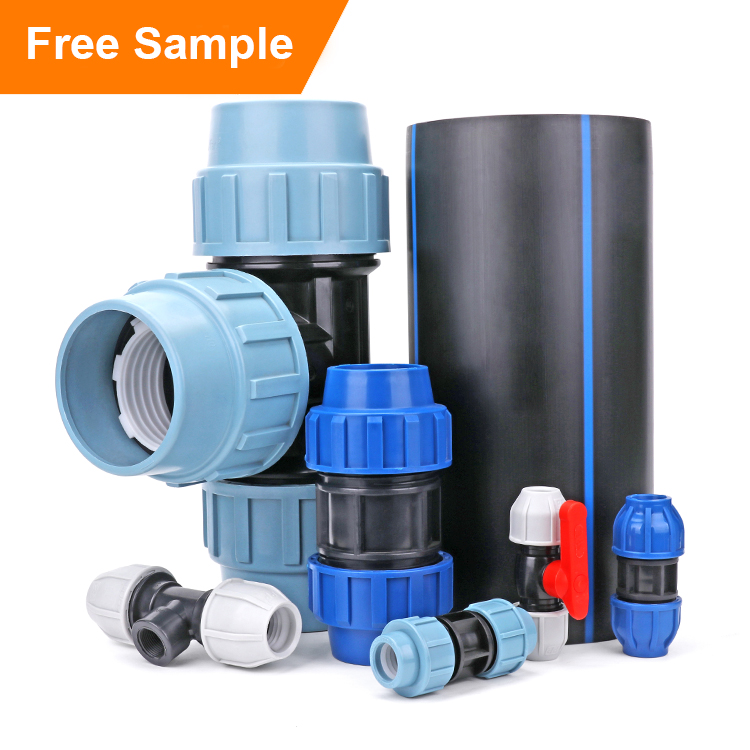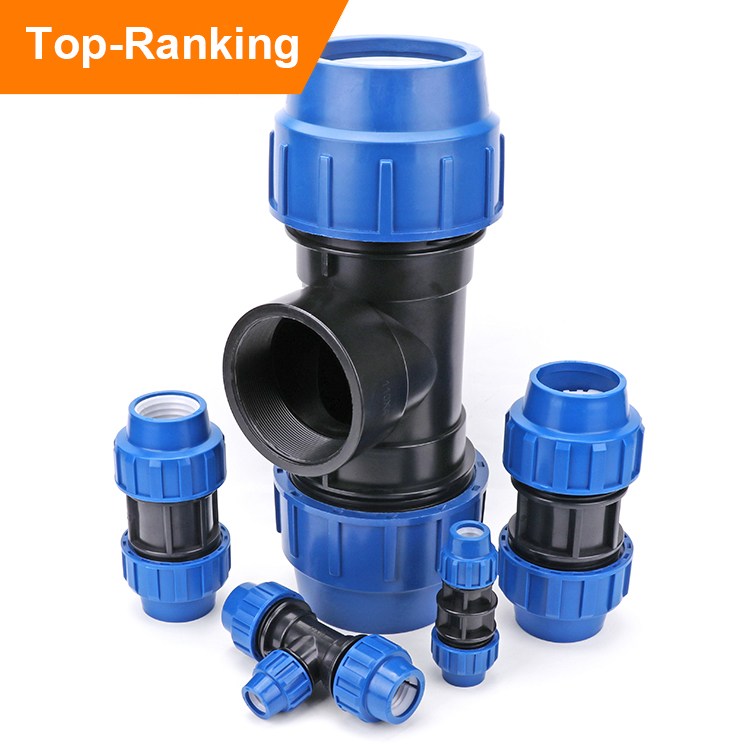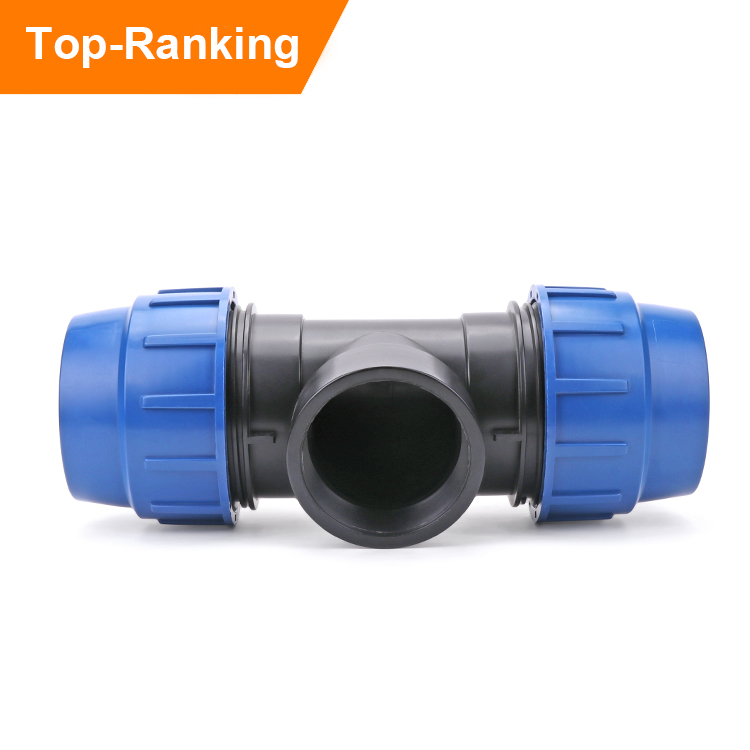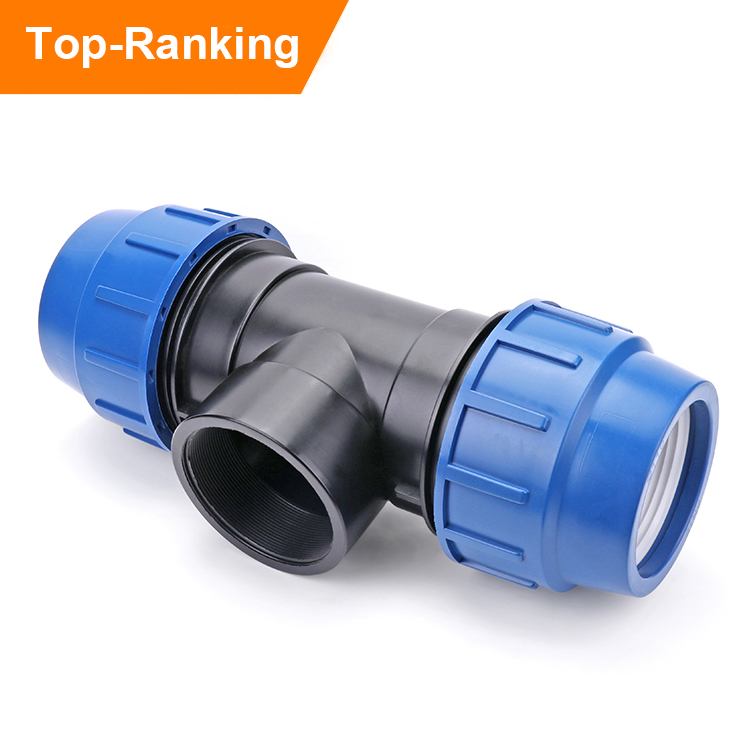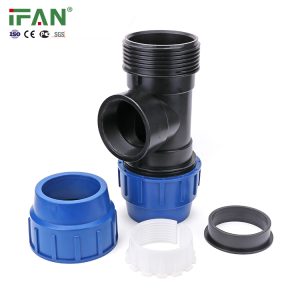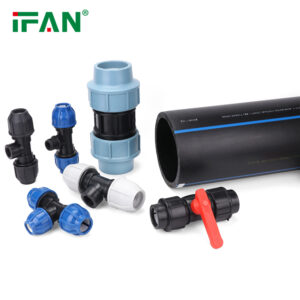How can you tell PVC from PP?
Whatsapp Us
Share
Description
How can you tell PVC from PP?
Differentiating between PVC (polyvinyl chloride) and PP (polypropylene) can be done through various methods, including visual examination, physical properties, and chemical tests.
Visual Examination: PVC typically has a smooth and glossy surface, whereas PP has a semi-crystalline appearance with a duller surface. PVC may also have a slightly yellowish tint compared to the more opaque appearance of PP.
Physical Properties: PVC is more flexible and has a lower melting point compared to PP. PP is generally stiffer and has a higher melting point. Assessing the flexibility and rigidity of the material can provide some indication of its composition.
Density Test: PVC has a higher density (around 1.38 g/cm³) compared to PP (around 0.90 g/cm³). Density measurements can be conducted using a density gradient column or by measuring the weight and volume of a known sample.
Chemical Test: Chemical tests are more accurate but require caution and expertise. PVC can be distinguished from PP based on its resistance to solvents such as toluene, which dissolves PVC but does not affect PP. Additionally, PVC can be identified by its response to flame testing, as it typically produces a green flame with dense black smoke, while PP burns with a blue flame and emits less smoke.
It is important to note that these methods provide a general indication and may not be definitive. For precise identification, it is best to consult material specifications, consult experts, or conduct advanced analytical techniques such as Fourier-transform infrared (FTIR) spectroscopy or differential scanning calorimetry (DSC).


